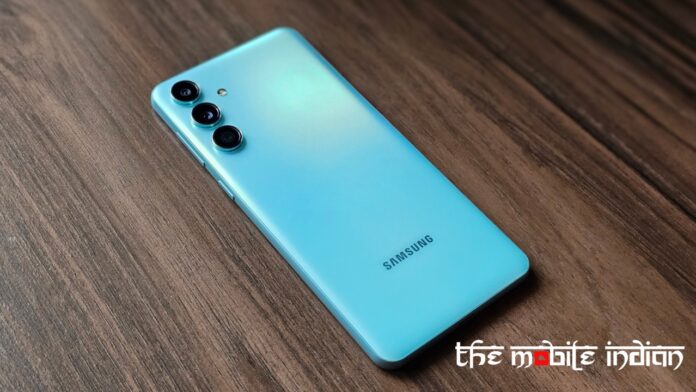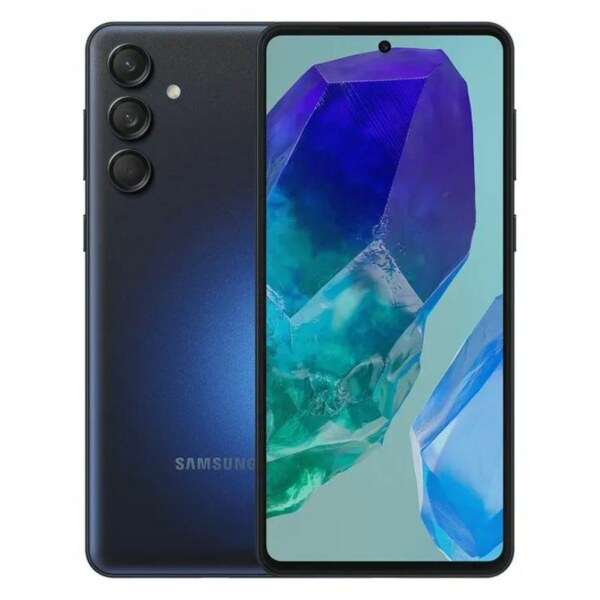Samsung recently expanded its M-series of mid-rangers in India with the launch of the Galaxy M55 5G. The Galaxy M55 brings some of the segment-first features in the case of Samsung smartphones specifically and packs it all for a starting price of Rs 26,999. Should you consider this device over Samsung’s own Galaxy A35 5G and other contenders in the range, such as the Nothing Phone (2a)? Find out in our review of the Galaxy M55 5G.
Design & Display
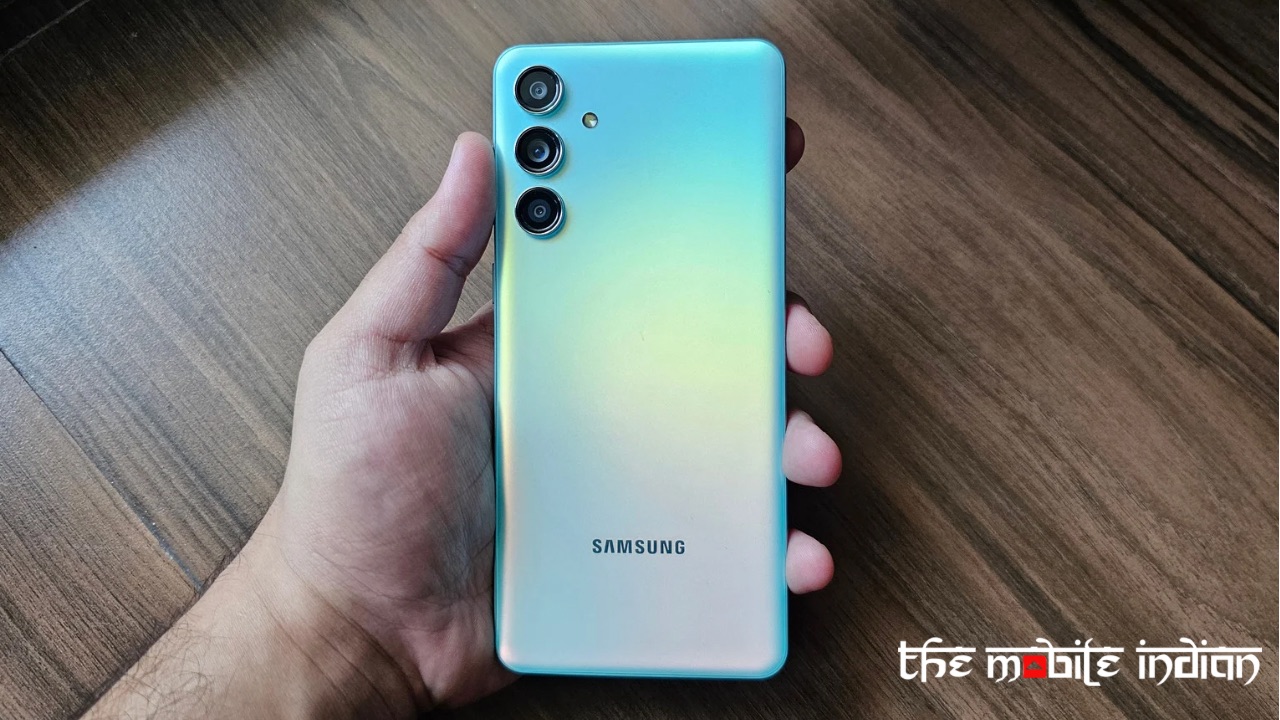
The Galaxy M55 5G sports an all-plastic design, but the rear panel gets a smooth and sparkly matte finish in two shades, where we had the light green one. The handset is quite slim, which allows for a good grip. The plastic frame isn’t the most premium-feeling, but the rear panel is, thanks to its looks and the in-hand feel. It is quite slippery, but because it is a slim and narrow device, it can easily be held in one hand.
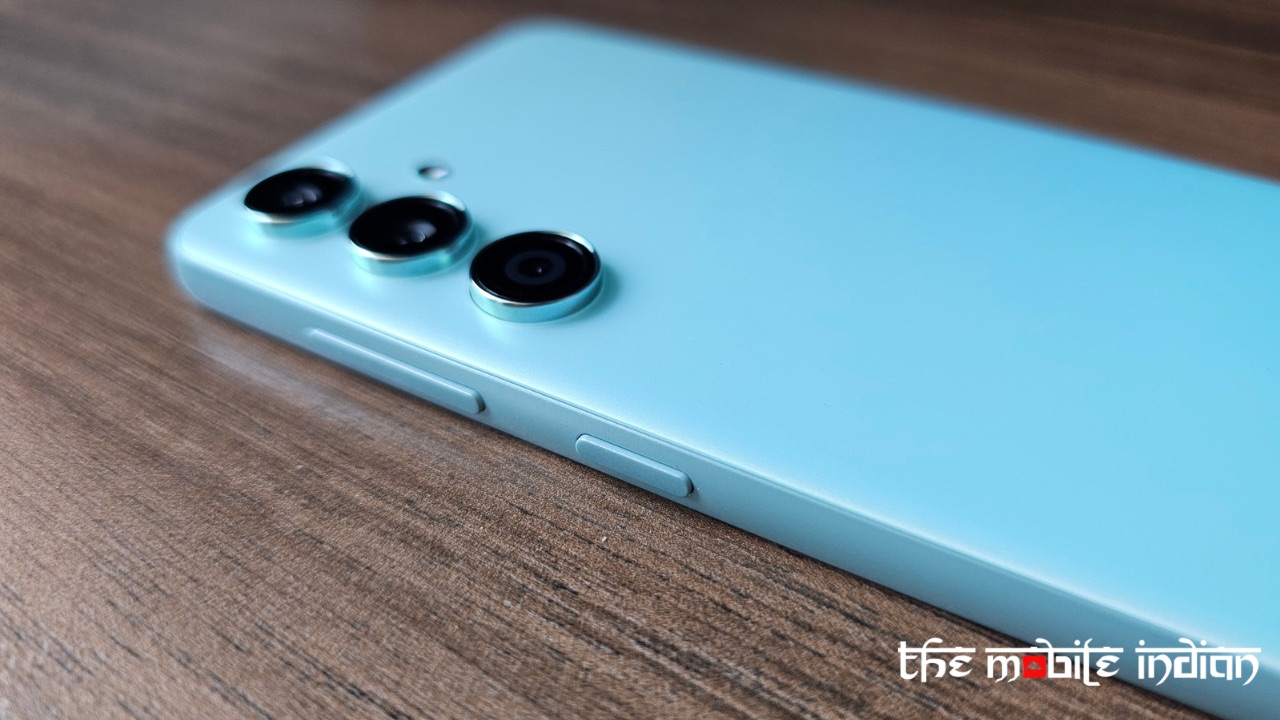
The rear design isn’t anything unique than what Samsung has been doing for the past 2 years, but it looks minimal, for sure. It misses out on the key island we saw on the Galaxy A35 5G and the Galaxy A55 5G but the keys still feel tactile when clicked. Not only that but the device is impressively lightweight as well.
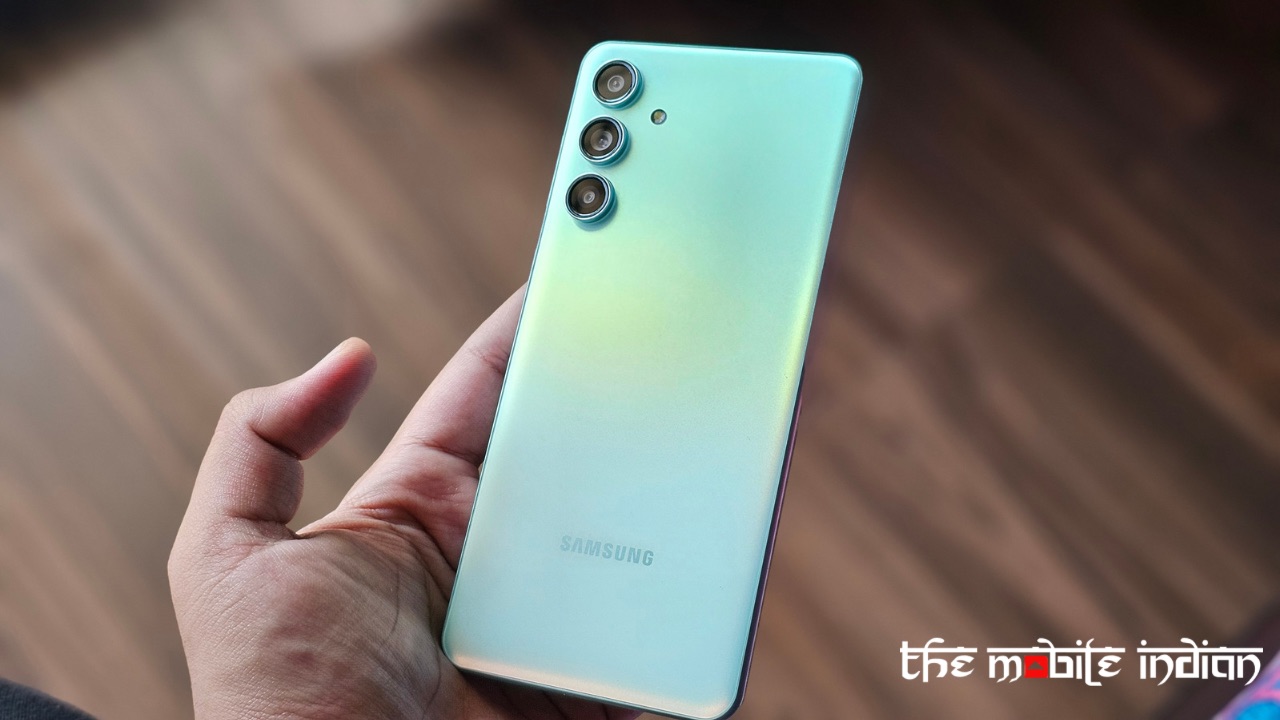
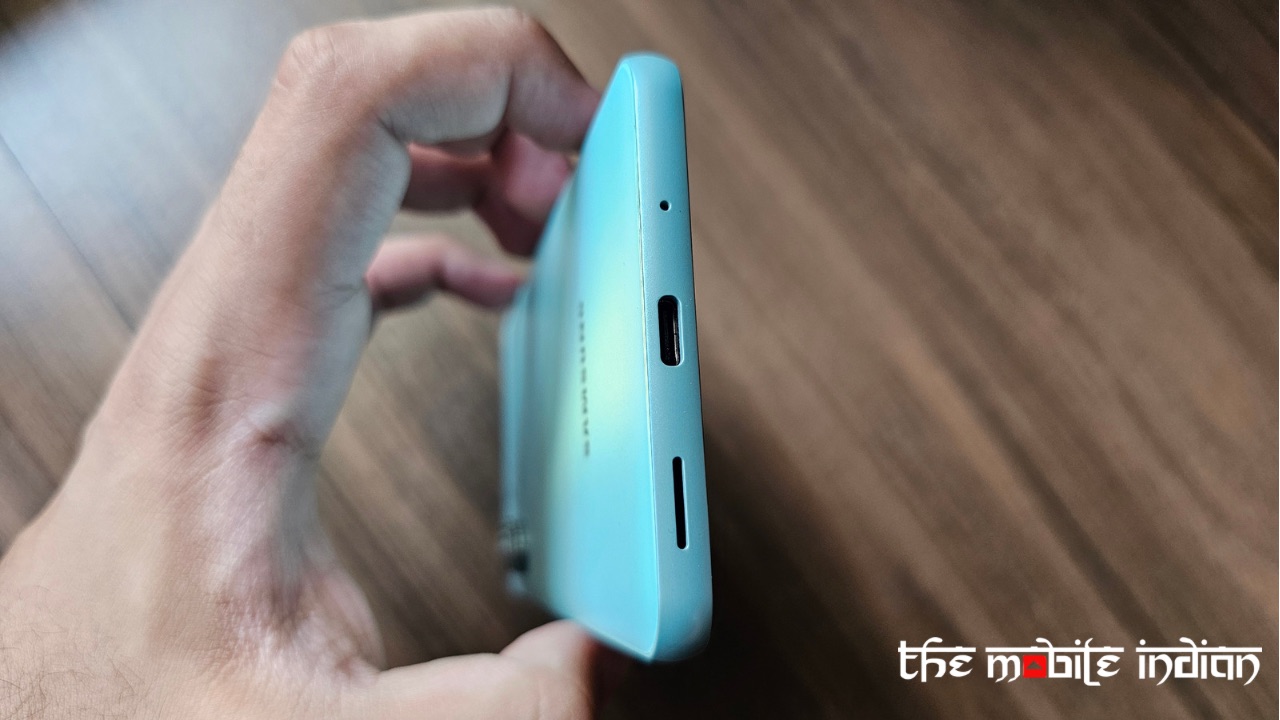
Compared to the Galaxy A35 5G, though, the Galaxy M55 5G has weaker Haptics and even poorer-quality speakers. It is a stereo speaker setup and gets loud enough, but the audio sounds tinny and lacks depth.
The display is a 6.6-inch 120Hz Super AMOLED panel with a full-HD+ Resolution (1080 x 2400 pixels), Dragontrail glass protection, and 1000 nits peak brightness.
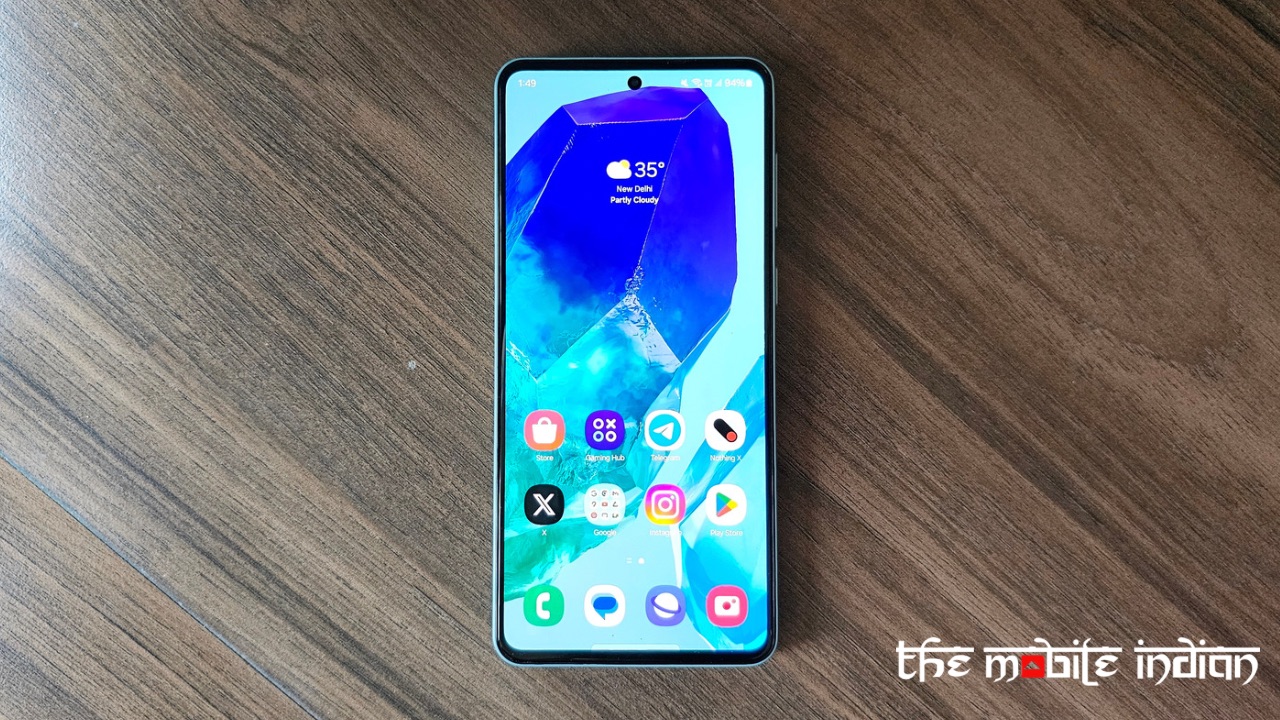
In terms of colours, it’s quite vibrant, and the viewing angles are excellent. It gets adequately bright under sunlight, the text looks sharp, and thanks to the vivid colour profile and deep blacks, Netflix and other video content looks exceptional.
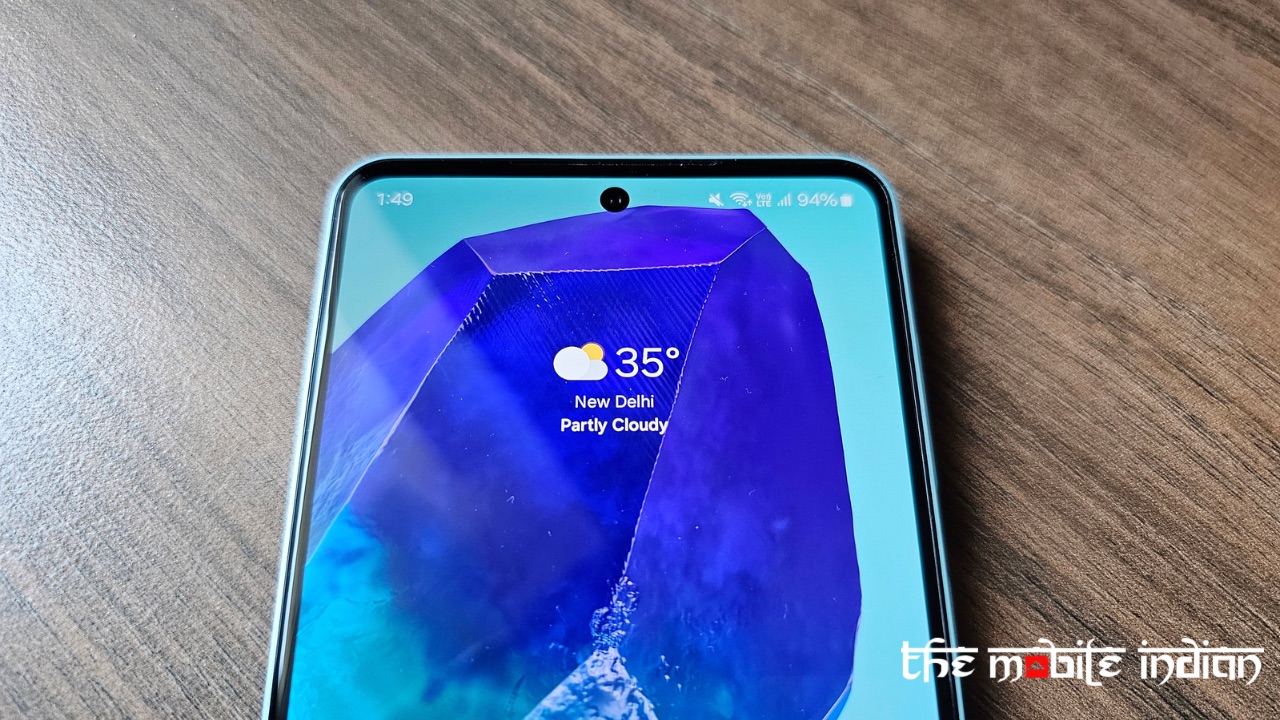
The bezels are well-contained, while the 120Hz Refresh Rate adds to overall appeal. I’d go as far as to say that this is the best screen we have seen at this price point, even more so than the Nothing Phone (2a). It also has an optical in-display fingerprint sensor that’s positioned quite low but works as intended.
Read More: Samsung Offers Free Display for Green Line Issue on Flagship Phones
Software & Performance
The Galaxy M55 5G is powered by the Snapdragon 7 Gen 1 chipset, paired with up to 12 GB of LPDDR4x RAM and up to 256 GB of UFS 3.1 storage, which is expandable via a Hybrid slot. Snapdragon 7 Gen 1 is a capable processor, as it has proved in our previous tests on other smartphones, such as the Honor 90, and it shows the same characteristics here as well.
There weren’t a lot of performance hiccups during our review of the Galaxy M55, except that the overall experience wasn’t quite smooth. The animations are much better than what we saw on Galaxy A35 5G and are smoother but they still aren’t completely stutter-free as such. There are lags in software, but from my experience with previous Samsung mid-rangers as well, I cannot blame it on the Processor but on the optimisation that Samsung has carried out.
The processor never heated up in Honor 90 even during casual gaming but in case of Galaxy M55 5G, the device did get warm quite often where it shouldn’t have. As it heats up, the performance begins to throttle and even when it isn’t warm, the animation stutters can be noticed across the system, such as when switching apps by swiping left or right through the gesture bar.
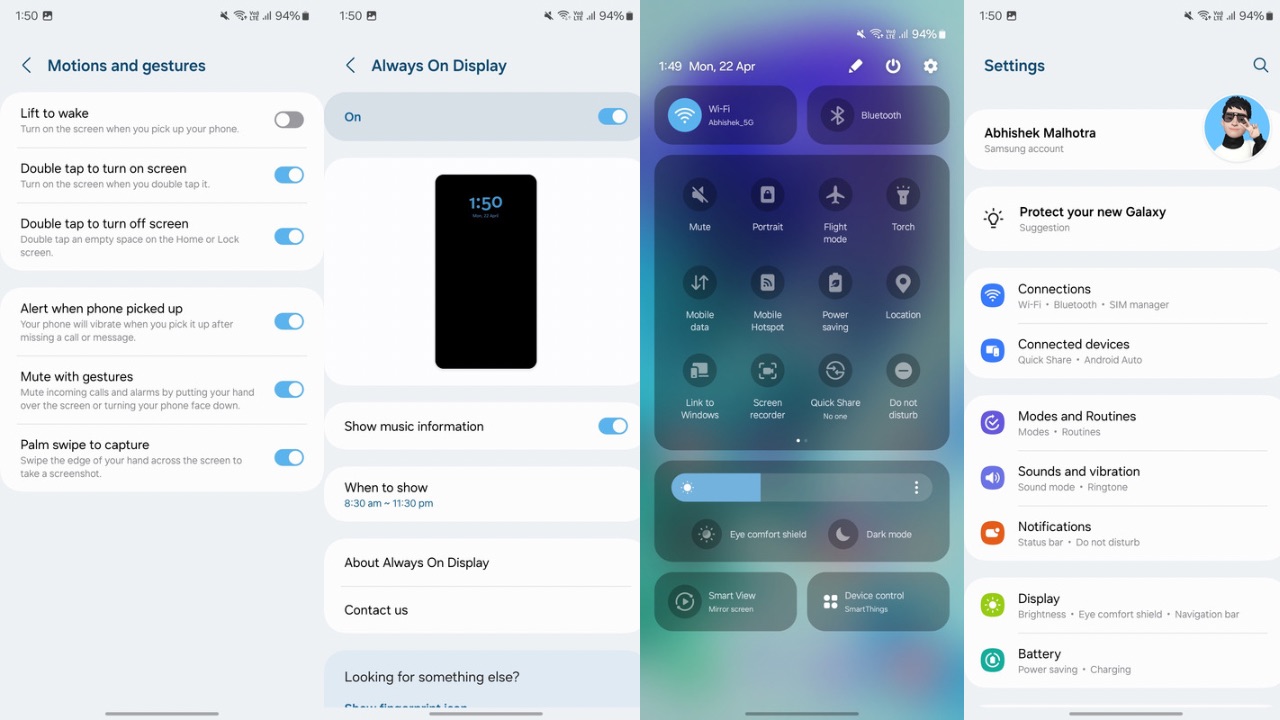
RAM management was handled well by the software; on the positive side, it has many features to play with. One UI 6.1 in mid-rangers may not be the best in terms of optimization, but the feature set is vast. Themes, various AOD styles, motions, and gestures, dual accounts for apps, etc., are all available.
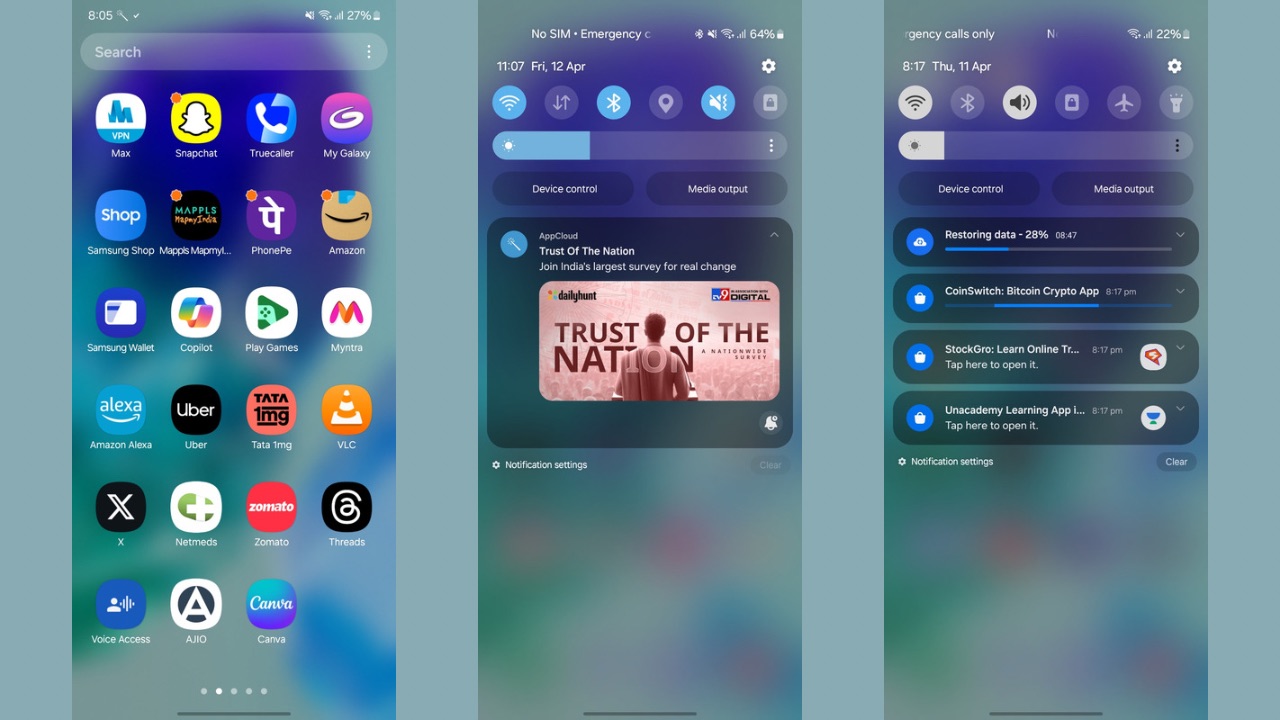
You will have to de-bloat the device significantly, considering it comes with more than 5 pre-installed apps and it also sends unnecessary notifications from AppCloud. Fortunately, all the mentioned stuff can either be uninstalled or disabled.
The Galaxy M55 5G is running on the March 2024 security patch at the time of writing this review and Samsung says the device will receive major OS updates for 4 years and 5 years of security patches.
We hope Samsung does improve the performance of the handset with updates as One UI 6.1 is one of the most stable software skins in terms of no major bugs but the optimisation needs to be done better. Connectivity performance of the handset with Jio 5G, 5Ghz Wi-Fi, and Bluetooth remained optimum. The handset also supports NFC.
Battery backup
The handset has a 5000mAh battery that supports 45W fast wired charging, a first for a Samsung mid-ranger. The battery can last about a whole day, but the Screen-on time could be better.
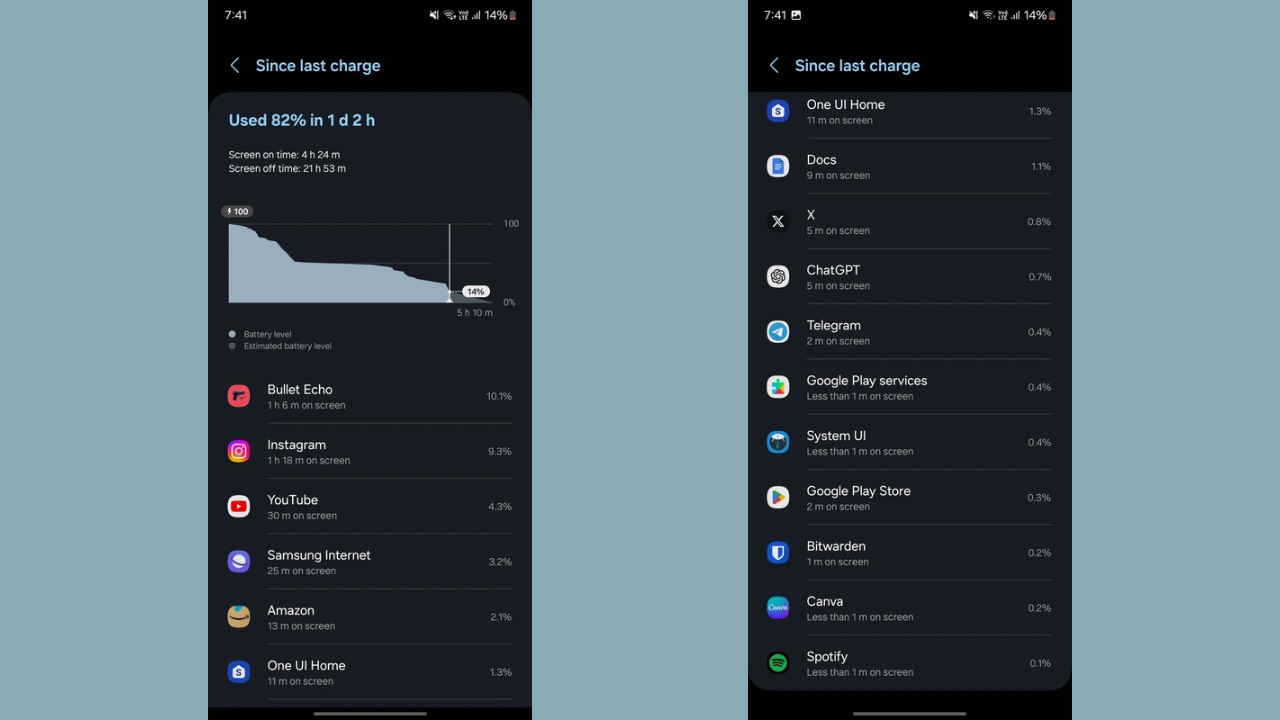
I have seen Galaxy A35 5G and A55 5G perform better with the same type of usage. It got me around 5 hours of screen-on time while using Chrome, watching videos, scrolling through social media, and playing casual games, but it should have been closer to 6 since this usage isn’t heavy. Further, as we mentioned, the device did get unusually warm during light gaming which may have impacted the battery backup.
Also, the backup of the Nothing Phone (2a) was far better than the Galaxy M55 5G in our review of the device.
The device took around 1h 05m to charge from 7% to 100%, which is decent but not the best compared to the competition.
As mentioned for software, Samsung needs to optimise the battery area.
Cameras
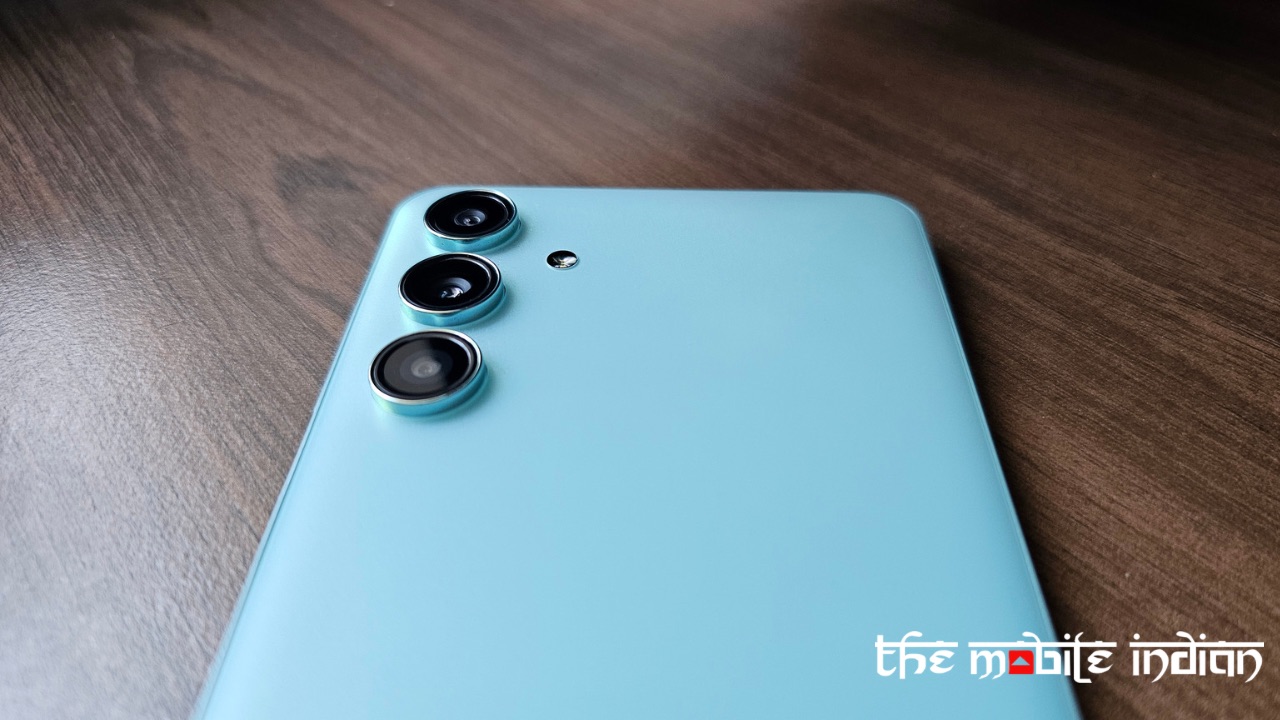
The Galaxy M55 5G has a triple rear camera setup, including a 50MP f/1.8 main sensor, an 8MP ultra-wide angle f/2.2 sensor, and a 2MP f/2.4 macro sensor. At the front, it gets a 50MP f/2.4 sensor, which is the highest-megapixel front-facing sensor ever in a Samsung phone.
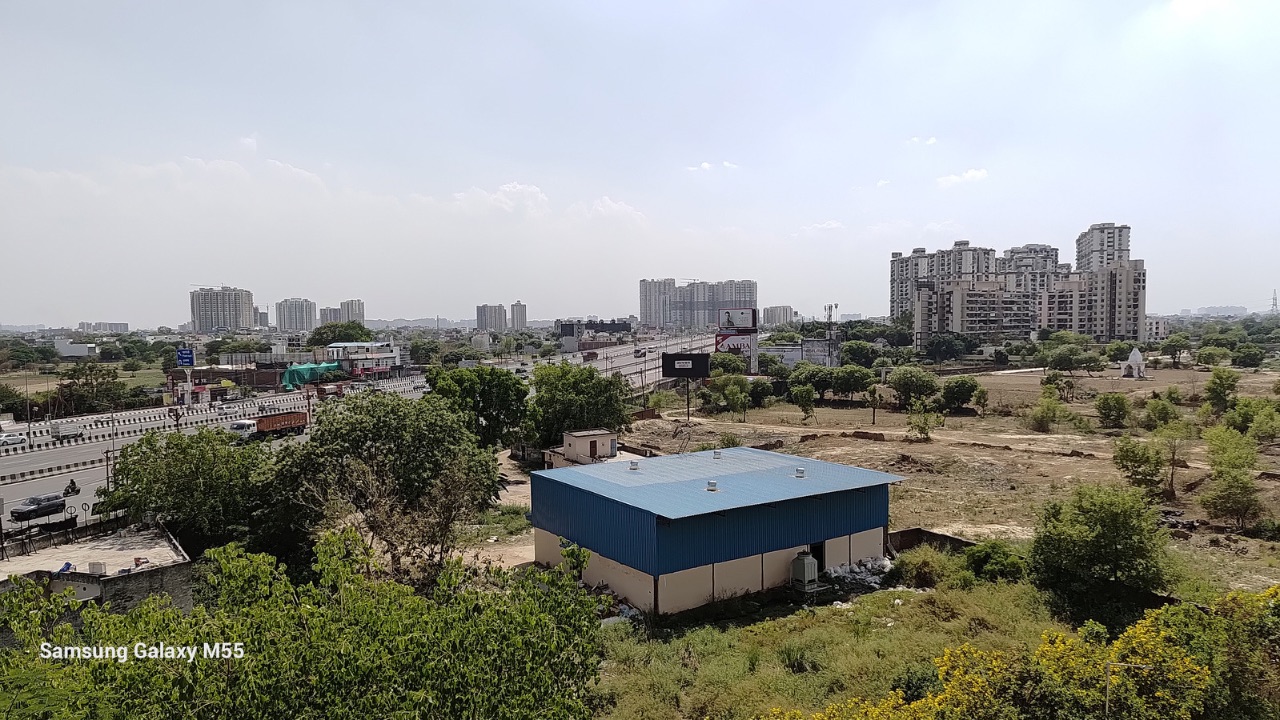
The Galaxy M55 5G clicks quite detailed and sharp photos from the main sensor but the colours are completely disappointing. They don’t even feel natural but quite faded, while the dynamic range seems average at best.
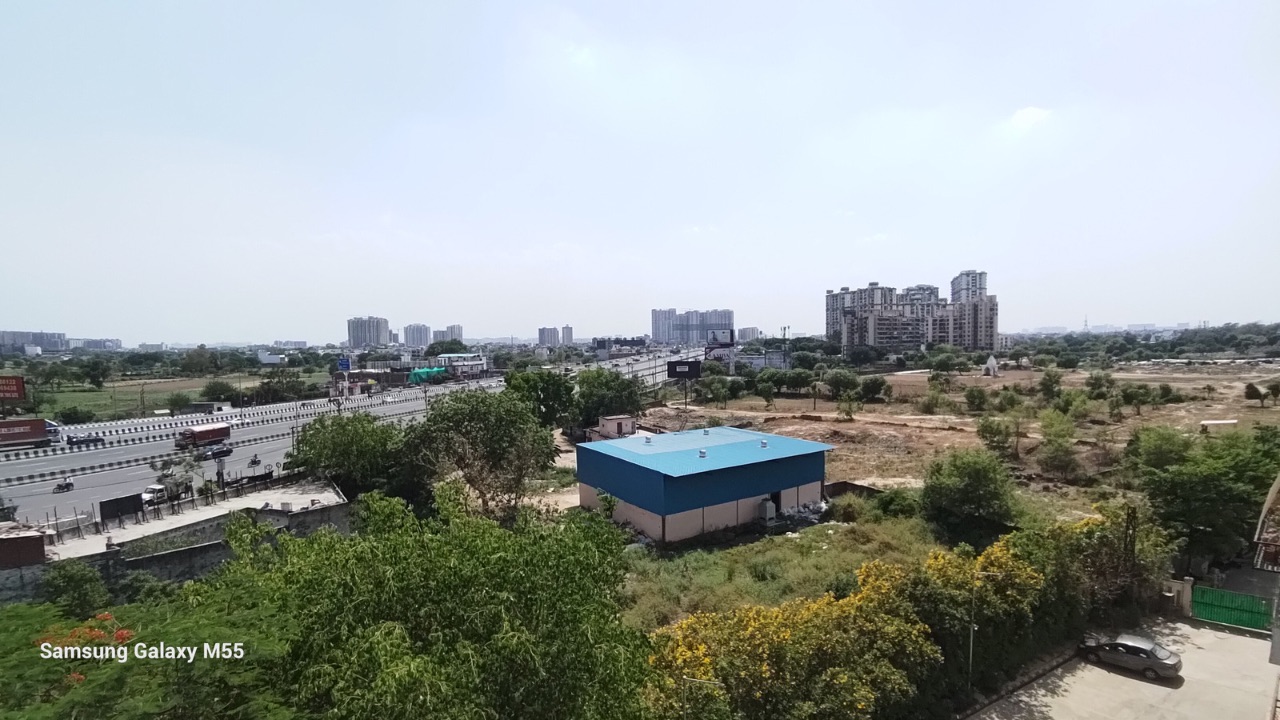
As for the ultra-wide angle shots, the colours are similar but the detailing and sharpness in the shot drop. The EDGE distortion has been well contained but the photo doesn’t please the eye as it usually does with Samsung cameras.

The selfies from Samsung’s first-ever 50MP front-facing sensor aren’t as impressive as you’d expect them to be. The edge detection is on point, but the skin tone looks dull. As for the detailing, the photos look soft, which is, again, something I didn’t expect. Not only that, but the HDR seems overdone at times, and it can considerably dull down the colours of your face in some shots, making the picture unusable.

Macro shots from the third sensor are below average as well. They lack sharpness, look smudgy, and the colours aren’t the most accurate either.
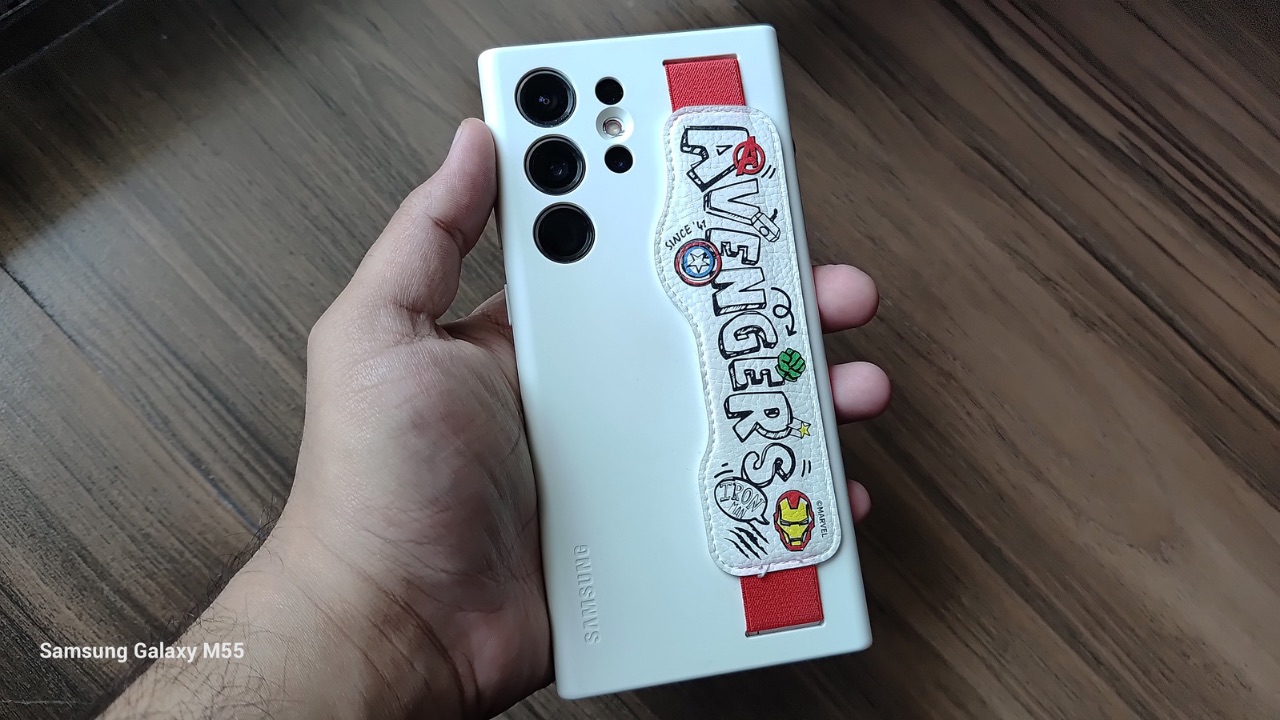
Shots clicked under artificial lighting have decent detailing, but again, the colours are a mismatch to reality. Low-light shots look overly soft and unappealing.
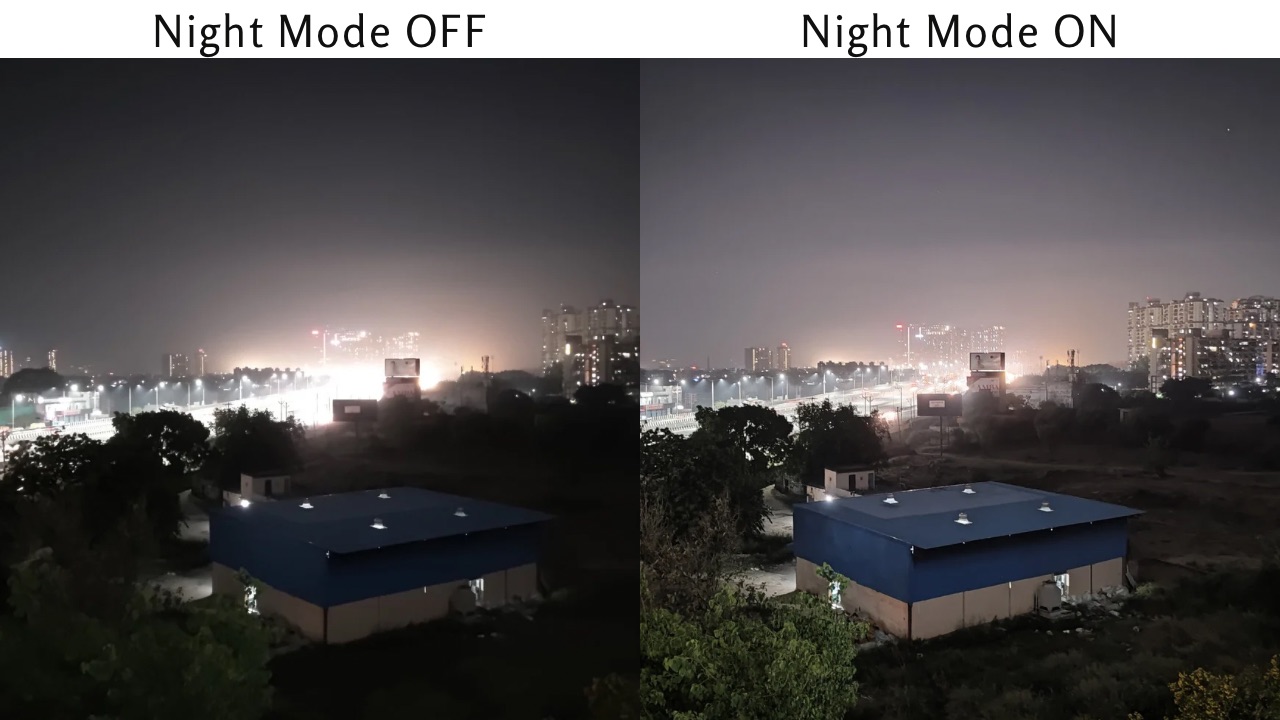
Photos clicked in pitch dark barely have any detail, but the second you turn on night mode, things improve drastically. Not only does the whole shot become more visible, but it also becomes more detailed.


